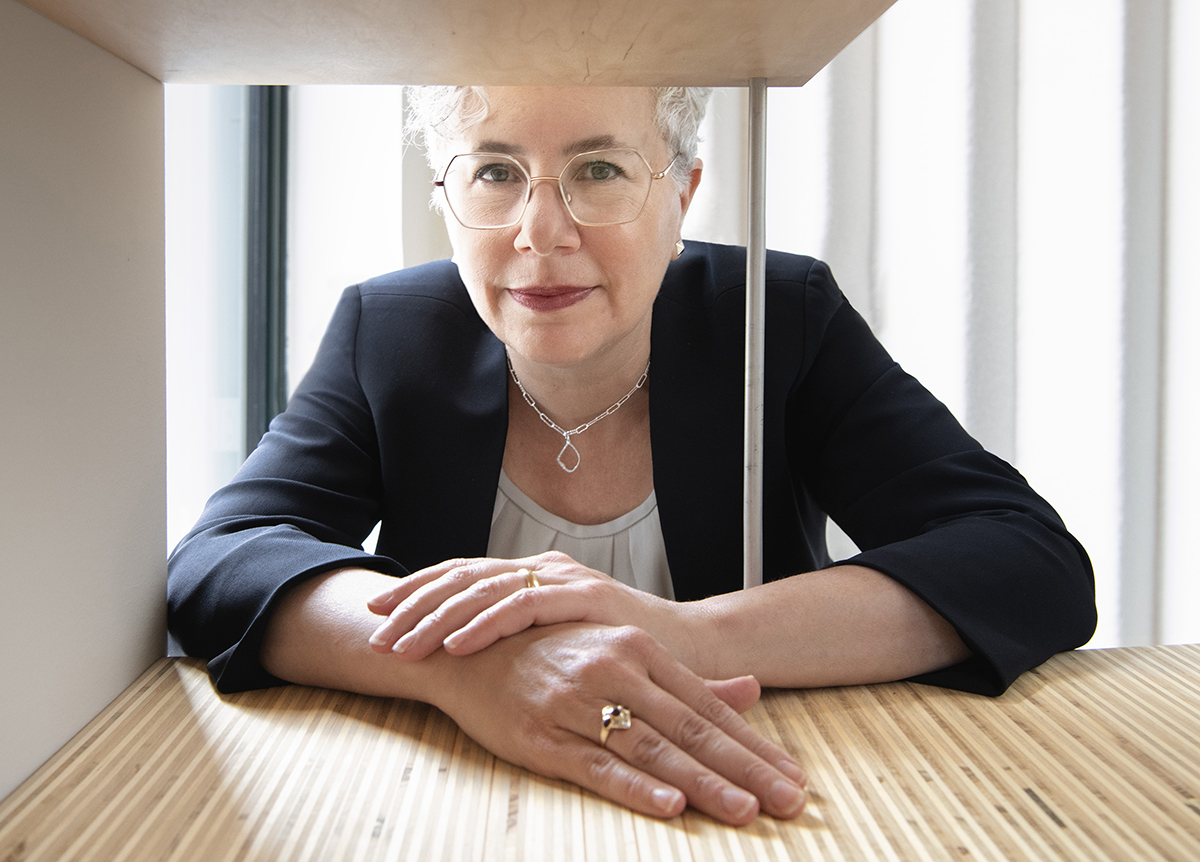Untitled (seder plate), 2009
Exhibited in New Works/Old Story: 80 Artists at the Passover Table,
Contemporary Jewish Museum, San Francisco
Untitled (seder plate) was produced for an invitational exhibition for which artists were asked to interpret the Passover seder plate. Six photographic portraits of farm workers mimic the traditional layout of a seder plate, prompting viewers to consider the labor of those who produce the food found on the Seder plate. [Read the full artist’s statement below.]
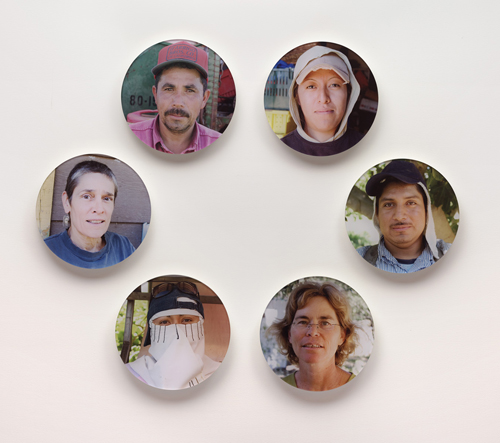
Untitled (seder plate), 2009, 30 x 30 inches, installation shot at the
Contemporary Jewish Museum, San Francisco

Valentina Martinez, Full Belly Farm, Guinda, California
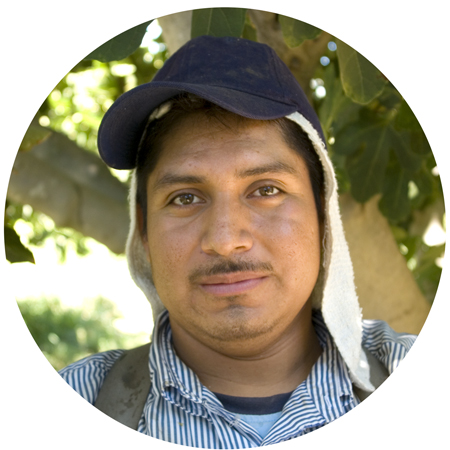
Jorge Jiminez, Knoll Farms, Brentwood, California

Judith Redmond, Full Belly Farm, Guinda, California
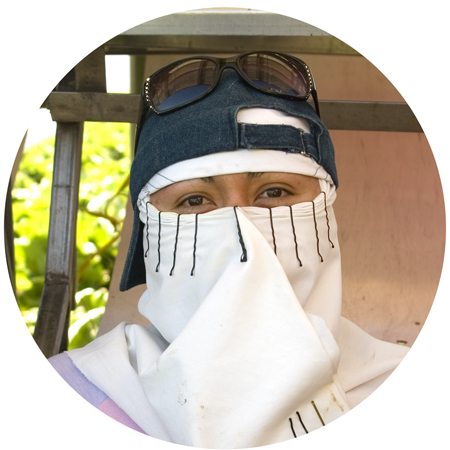
Maria Casteñada, D'Arrigo Brothers Company, Salinas, California
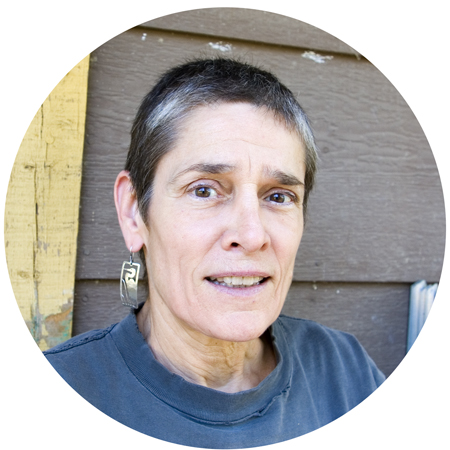
Kristie Knoll, Knoll Farms, Brentwood, California
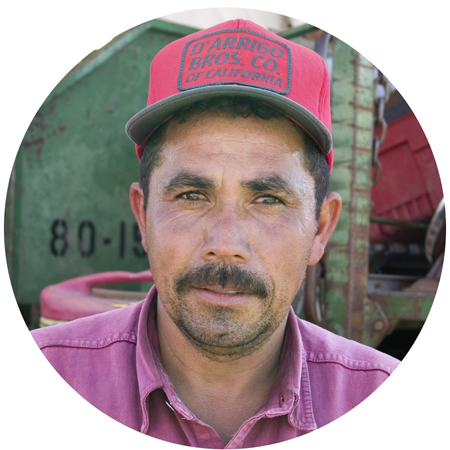
Fredy Alay, D'Arrigo Brothers Company, Salinas, California
Artist’s Statement
"Untitled (seder plate)" was produced for an invitational exhibition at the Contemporary Jewish Museum, for which artists were asked to interpret the seder plate. Passover is a holiday that is, at its core, about freedom from economic oppression. Our contemporary culture centers on consumption. Too often, however, the laborers who produce the goods we consume are invisible to us. Passover provides us with a time to reflect upon the invisibility of the people who grow our food, build our buildings, and generally produce the goods and services that we use daily. My piece expands my interest in labor to Northern California farm labor by focusing on the workers who produce the items typically found on the seder plate.
My use of the photographic portrait subverts its more traditional applications. The head-and-shoulders portrait is most typically reserved for celebrities and other famous people. I use photography to highlight those among us whose labor is more commonly imaged in ways that render the workers themselves anonymous, by showing them toiling at their labor, or living in miserable conditions, in scenes that do not highlight their individuality. My photographs provoke viewers to see workers not as nameless people, but as individuals deserving of our attention.
My (non-functional) seder plate takes the usual placement of this Jewish ritual object and shifts its location to the wall. Rather than gazing down at the symbols usually found on the plate, I ask the viewer to look directly into the face of a worker who may have produced the parsely, egg, bitter herbs, shankbone, or haroset used in the festival meal. The eight inch round portraits on the wall also refer to commemorative plates, used to honor the contributions of important individuals. As such, I hope that these portraits will encourage us to consider the laborers whose production makes our commemoration of this holiday possible.
